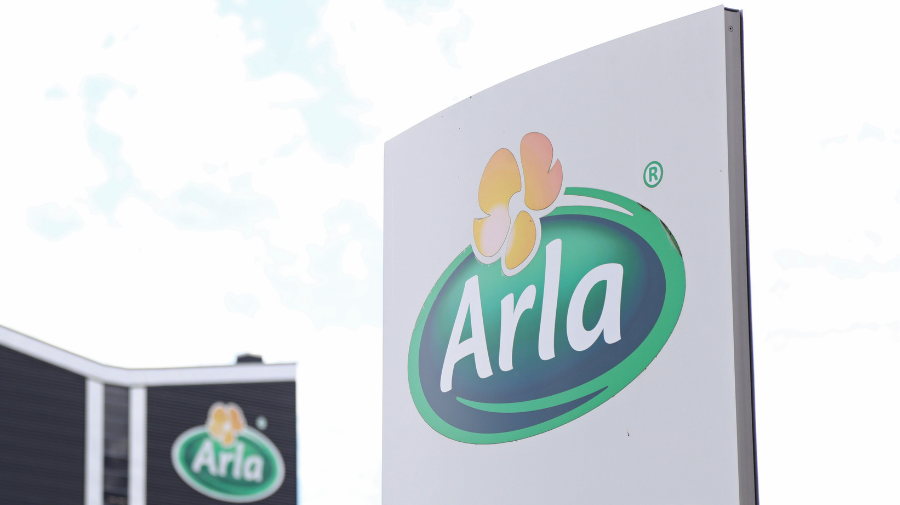Brother Industries. has filed a patent for a conveying apparatus that includes a tensioner to apply tension to a curved sheet. The apparatus also features a sheet holder, a conveying unit, and a first side guide with a guide surface. The tensioner includes an oblique roller to guide the sheet onto the guide surface. GlobalData’s report on Brother Industries gives a 360-degree view of the company including its patenting strategy. Buy the report here.
According to GlobalData’s company profile on Brother Industries, E-transaction user interfaces was a key innovation area identified from patents. Brother Industries's grant share as of September 2023 was 43%. Grant share is based on the ratio of number of grants to total number of patents.
Conveying apparatus with tensioner and oblique roller for sheets
See Also:
A conveying apparatus has been described in a recently filed patent application. The apparatus includes a conveying unit that is designed to convey a sheet along a conveyance path in a conveyance direction. A sheet holder is positioned upstream from the conveying unit and is capable of rotating around an axis that intersects with the conveyance direction. A tensioner is located between the sheet holder and the conveying unit and is responsible for applying tension to the sheet while it is curved. The tensioner includes an oblique roller that guides the sheet to a first side guide, which has a guide surface that spreads along the conveyance direction and a second direction intersecting with the first direction.
The oblique roller in the conveying apparatus is configured to contact the sheet while rotating around a rotation axis. The rotation axis of the oblique roller is inclined with respect to the conveyance direction, causing a virtual plane orthogonal to the rotation axis to approach the first guide surface towards the downstream of the conveyance direction. This configuration ensures effective guidance of the sheet.
The conveying apparatus also includes a sub guide that is attached to the tensioner and faces the first guide surface in the first direction. An interlock mechanism is provided to synchronize the movement of the first side guide and the sub guide in the first direction. The interlock mechanism consists of rack gears, a pinion gear, and a pair of rack gears connected to the first side guide and the sub guide. The distance between the first side guide and the center of the sheet holder is the same as the distance between the sub guide and the center of the sheet holder in the first direction.
The conveying apparatus further comprises a holder driving motor and a conveyance motor, which are controlled by a controller. The controller ensures that the speed at which the sheet is ejected in the conveyance direction by the sheet holder is different from the speed at which the sheet is conveyed by the conveying unit in the conveyance direction.
In addition to the conveying apparatus, the patent application also describes a printing apparatus that includes the conveying apparatus and a recording head. The recording head is responsible for recording an image on the sheet that is conveyed by the conveyance roller of the conveying apparatus.
To know more about GlobalData’s detailed insights on Brother Industries, buy the report here.
Premium Insights
From

The gold standard of business intelligence.
Blending expert knowledge with cutting-edge technology, GlobalData’s unrivalled proprietary data will enable you to decode what’s happening in your market. You can make better informed decisions and gain a future-proof advantage over your competitors.





